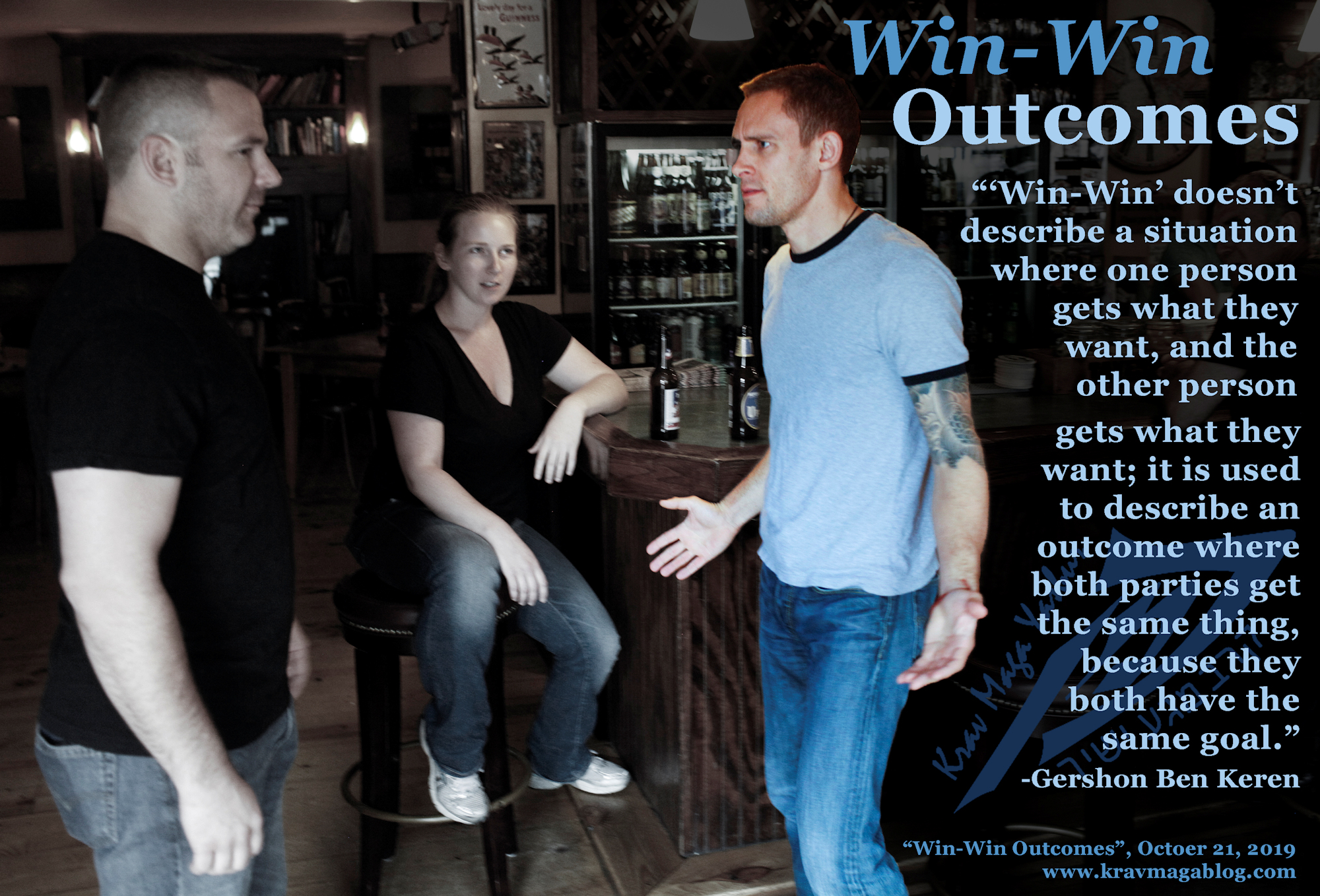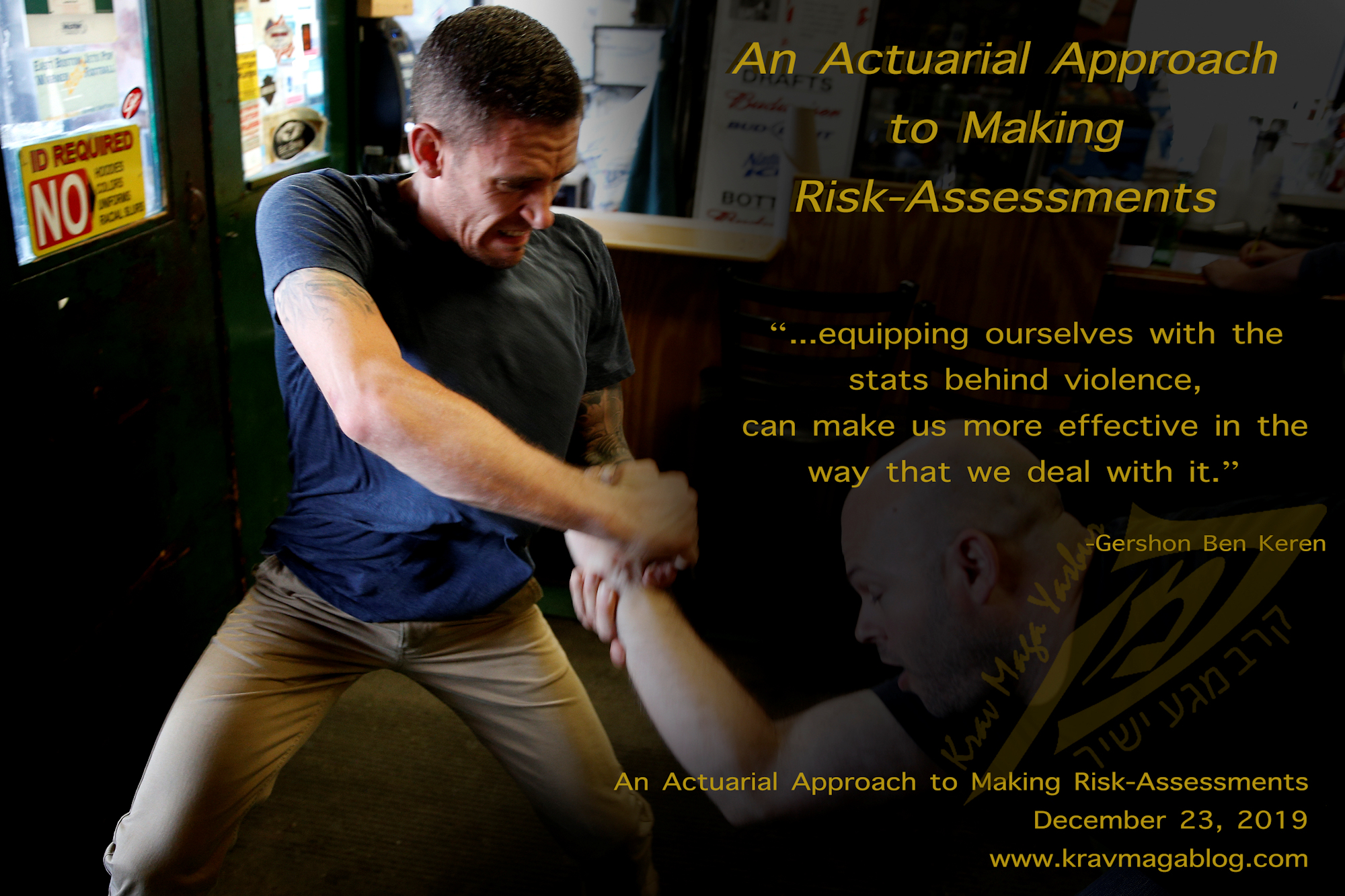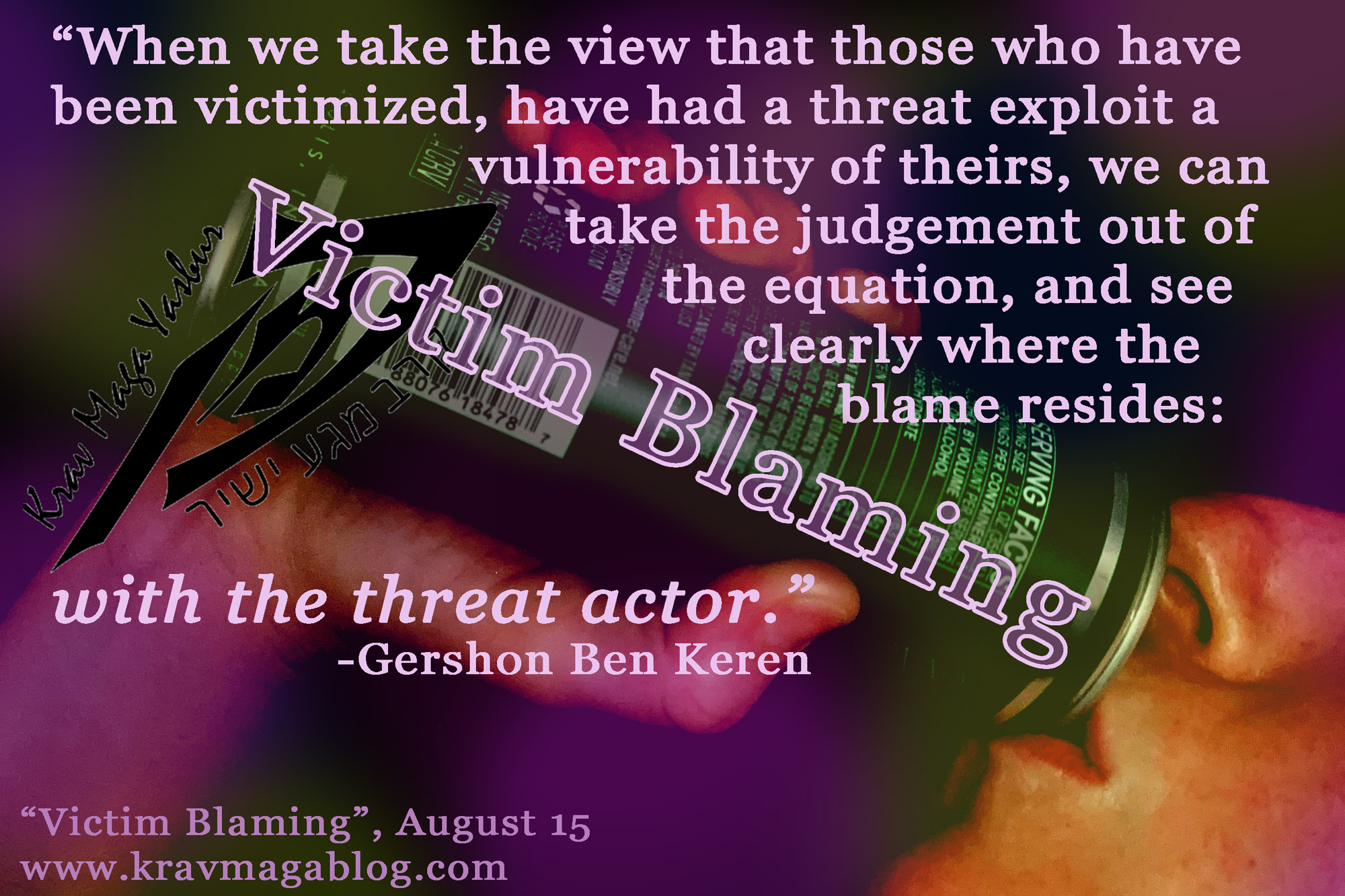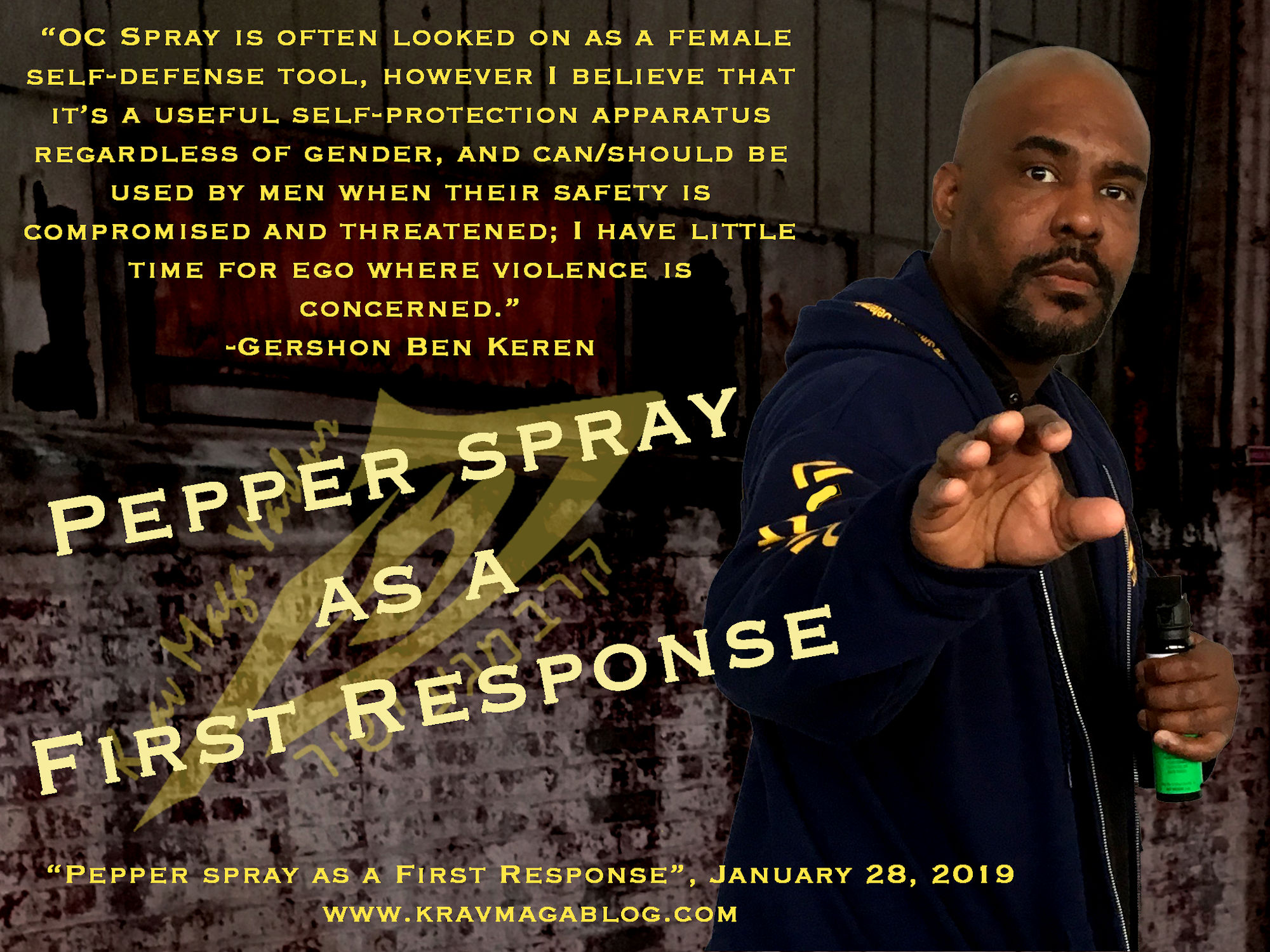Situational Awareness, is an article written by Gershon Ben Keren, a 5th Degree Black Belt in Krav Maga, who teaches Krav Maga in Boston, MA. He has also authored three Amazon best-Selling Books on Krav Maga.
Often we use our worst fears to create and develop our worst case scenarios; and once we have developed these we fixate on them and start to imagine and believe that these are the most likely situations that we will find ourselves in; we trade reality for the best that our imaginations can conjure up. In my time teaching self-defense, I have witnessed the bogeymen that people create and believe they are most “likely to face”, which have ranged from the mentally ill to members of various different ethnic minorities – as well involving some of the most bizarre locations including deserted alleyways (why would you be there?), to lift/elevator shafts that don’t work and abandoned parking lots – why would you park in one? When it comes to “fear” people will create for themselves a bewildering array of potential scenarios that bear no relation to the truth or reality. We tend to fear the most extreme, and in doing so ignore the most likely dangers and threats that we will have to face.
When we talk about Situational Awareness, we are actually considering two types of “Awareness”: subconscious/passive and conscious/active. Our Passive/Subconscious Situational Awareness is managed by our fear system – which is operating all the time. Our fear system, which runs in the background, will pick up movements and sounds that could indicate danger and alert us to these potential threats. This all happens subconsciously. Our Active/Conscious Situational Awareness is something that we do; things that we consciously look or listen for, when we start to survey - carry out surveillance on - our environment.
When we actively scan our environment for potential threats, we are first looking for actions and behaviors that indicate danger – we are not looking for people. The first thing to check is movement i.e. has anyone synchronized their movement to ours e.g. is someone following us, approaching us, trying to intercept us etc. If somebody has synchronized their movement to yours this is a key pre-violence indicator and demonstrates that a criminal/aggressor has already gone through the target selection and victim surveillance stages that also precede a physical assault or crime. If there is no obvious synchronization of movement, you should start to look at who lacks legitimacy in the environment: who doesn’t look to have a legitimate reason to be there e.g. there are “natural” places where people arrange to meet friends and will wait, such as street corners, park benches, and then unnatural places such as ATM’s and points in the middle of a street etc. People who are waiting for somebody will look for whoever they’re meeting in a natural way, they won’t try and disguise this whereas a predator will. A predator will wait in the most advantageous position to select and survey potential victims – if a person is waiting in a position that offers good surveillance of the environment you need to be questioning their motives.
Lastly you should look to exclude people who are unlikely to be a threat e.g. people with children, old people etc. Be sensible in your exclusions; delivery men walking around in an city/urban setting are much more common than in a suburban one, where they should always be close to their van etc. Being able to exclude people will allow you a greater amount of time to focus on those you can’t exclude. It is a better process to exclude people than to simply look for potentially dangerous people whose actions and behaviors haven’t yet revealed them. A situation may have no harmful intent within it e.g. no one tying their movement to yours or others, nobody conducting surveillance etc. However if you go through the process of excluding people you will start to identify those who represent a higher risk to you, even if the likelihood of them acting against you is limited.
We should approach every situation without prejudice and incorrect models of violence. We should educate our fear system, not by resorting to imagining worst case scenarios but be taking evidence from the situations we find ourselves in.
0 COMMENTS















